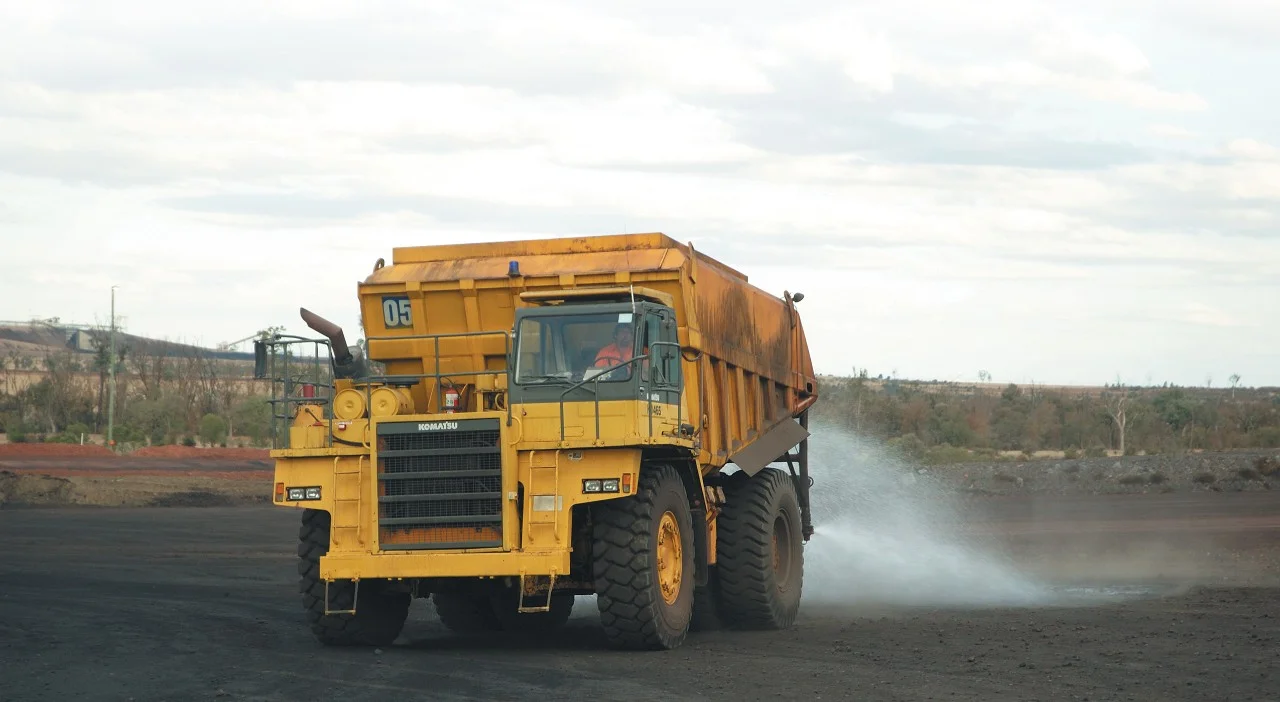Developing Water Retaining Bulkhead/Wall From Paste Backfill In Coal Mining
You can search for courses, events, people, and anything else.
It was fossil hunting during his childhood in Iran that set Dr Bob Abtahi on the road to scientific research and discovery. “My father and his cousin would take me to river banks and mountain slopes, often carrying me on their backs,” recalls the Western Sydney University research fellow.
What caught young Abtahi’s attention was not the fossils themselves, but his cousin’s wish that a temporary plastic coating could be invented that could protect the day’s delicate finds during the trek home. The world of polymer materials the adults described, from hard plastic tools, to the rubbery soles of his shoes, had Abtahi hooked.
Today, Abtahi’s research on these highly versatile materials is focused on their potential to clean up heavy industry in applications such as polymers used in eco-friendly concretes, and polymer coatings that contain dangerous dust on mining sites.
The re-emergence of the incurable and often fatal ‘black lung’ disease, or coal workers’ pneumoconiosis, among Australian miners highlights the critical importance of dampening dust in mining. That’s currently done by spraying water on dusty surfaces — but vast quantities of water, often delivered by truck, are required.
“Our alternative is a water-based, environmentally friendly polymer spray that forms a durable film that traps the dust,” Abtahi says. “You only have to spray it once.”
Another dust source at mines is that stirred up by heavy vehicles on the dirt roads. Abtahi has developed a polymer formulation for that too. “By using a polymer coating to hold the surface together, I can make a temporary road,” he says. The polymer’s makeup can be tailored so that the sun’s UV rays break it down after a predetermined time, and the road is reclaimed by the bush.
Need to know
- Polymers are substances made up of repeating chemical units
- Polymers can be used to suppress dust in the mining industry
- Geopolymers based on fly ash could be used in eco-friendly concrete
Not just carbon
When most people think of polymers, carbon-based materials come to mind. But Abtahi’s research at Western’s Centre for Infrastructure Engineering has recently begun to investigate the potential of other types of polymers for application in cement-free environmentally friendly concrete.
“To make 1 tonne of cement, almost 1 tonne of CO2 emissions are created — so let’s use other binders,” Abtahi said. He is developing concrete based on heavy industry waste materials such as fly ash, slag and clay, known collectively as ‘geopolymers’.
Whereas cement is calcium-based, these geopolymers are rich in aluminium and silicate. The key to making a geopolymer concrete is to mimic the chemical bonds that form when cement is mixed with water. Abtahi is tapping his expertise with regular polymers, which he is adding to the mix to improve the concrete’s final properties. “Not many people have tried using polymers to modify geopolymers,” he said.
The research forms part of a project Abtahi is working on with building materials company James Hardie. “Bob’s enthusiasm for the technologies he is involved with is infectious, and we have found the experience of working with him and UWS to be constructive and rewarding,” their spokesperson said.
Objects made from plastics and other polymers have become so ubiquitous in modern life, it is easy to forget what world-changing materials they are. Abtahi’s research is a reminder of their potential.
Meet the Academic | Dr Bob Abtahi
Babak (Bob) Abtahi obtained his Bachelor's degree from Amirkabir University of Technology (Tehran Polytechnic) in 2000 and his Master's degree from Iran Polymer and Petrochemical Institute (IPPI) in 2003, both in Polymer Engineering. He then worked as an academic staff member in the polymer processing group of IPPI for 6 years. He has won several prestigious awards including: Best Polymer Student Award, Iran Polymer Society (IPS); First class honours, MSc, Iran Polymer and Petrochemical
Institute (IPPI), 2003; and Member of Distinguished Research Group at Iran Polymer and Petrochemical Institute (IPPI), 2005.
Receiving an EIPRS scholarship, he completed his PhD in Mechanical Engineering at the University of Sydney in 2013. He received first prize in Conversazione for poster presentation in the field of mechanical engineering over 2 consecutive years (2009-2010) and was awarded a Dean's Commendation for Tutoring, and a William & Catherine McIlrath Scholarship, Grants-in-Aid in 2011.
Bob then worked as a research fellow at the University of Sydney and later joined the industry as a research principal scientist designing a new polymeric binder for the pavement industry. Following this, Dr Abtahi became head of research and development with a private sector company in the mining industry (Global Road Technology). He is currently a Postdoctoral Research Fellow in the Centre for Infrastructure Engineering at Western Sydney University.
Related Articles
Credit
© doug steley / Alamy Stock Photo
Future-Makers is published for Western Sydney University by Nature Research Custom Media, part of Springer Nature.






